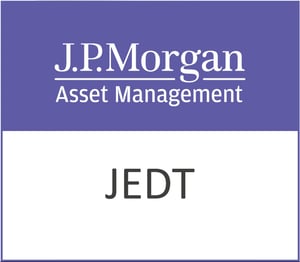Direct Line Insurance Group PLC (DLG.L), a stalwart in the UK’s financial services sector, continues to be a focal point for investors seeking exposure to the property and casualty insurance industry. With a market capitalisation of $3.59 billion, Direct Line operates through its Motor and Non-Motor segments, providing a comprehensive range of insurance products. Despite recent market fluctuations, there are several key factors that investors should consider when evaluating Direct Line’s potential.
Currently trading at 262 GBp, Direct Line’s stock has demonstrated resilience, albeit with slight volatility, as indicated by its 52-week range of 152.60 to 285.00 GBp. This price range reflects the challenges the insurance sector has faced, including regulatory changes and evolving consumer demands. The stock’s recent price change of -0.02% may seem negligible, yet it underscores the market’s cautious approach to the sector.
A notable aspect of Direct Line’s financial profile is its revenue growth of 43.50%, a figure that stands out in the industry. This growth suggests robust operational performance, potentially driven by strategic initiatives in product offerings and distribution channels. However, the absence of a trailing P/E ratio and the exceptionally high Forward P/E of 1,153.47 raise questions about the sustainability of earnings growth and the company’s current valuation metrics.
For income-focused investors, Direct Line offers a dividend yield of 2.65% with a payout ratio of 54.05%. While this yield may provide a degree of income stability, the company’s return on equity at 6.65% indicates a moderate efficiency in generating returns from its equity base. The free cash flow of £361.18 million further reinforces the company’s capacity to maintain its dividend payouts, catering to those prioritising income over capital appreciation.
Analyst sentiment currently leans towards caution, with 11 hold ratings and only 2 buy ratings, suggesting a wait-and-see approach. The average target price of 275.23 GBp indicates a potential upside of 5.05%, aligning with the market’s conservative outlook. The technical indicators, such as the 50-day moving average of 272.99 GBp and the 200-day moving average of 217.88 GBp, reflect a stock that is trading below its short-term trend, indicative of potential resistance levels.
Direct Line’s RSI (14) of 43.02 and a MACD of -2.28 further highlight the stock’s current position in the market cycle, suggesting it is neither overbought nor oversold, but rather in a phase of consolidation. The technical landscape points to a period of stabilisation, providing a potential entry point for investors with a longer-term horizon.
Founded in 1985 and rebranded in 2012, Direct Line has a rich history of adapting to market dynamics. Its diverse range of brands and strategic partnerships underscore its commitment to innovation and customer-centricity. As the company navigates future challenges, including technological advancements and regulatory pressures, its resilience and adaptability will be critical to sustaining growth and shareholder value.
For investors eyeing the insurance sector, Direct Line presents a complex yet intriguing opportunity. Balancing its revenue growth and dividend yield against valuation concerns and market sentiment requires a nuanced approach, particularly in an industry undergoing significant transformation.






































